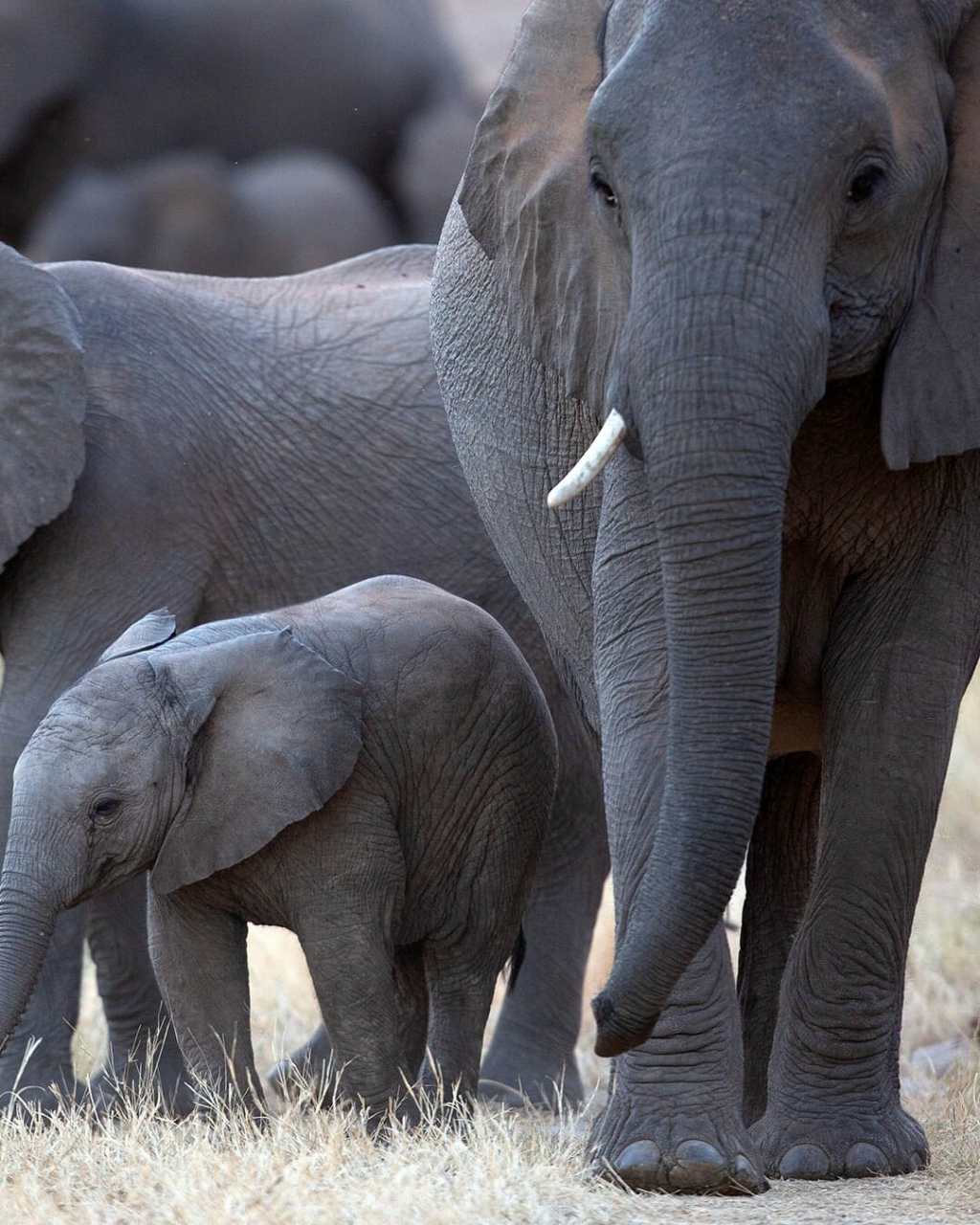Diamonds and Kelp: The Unexpected Duo Helping Fight Climate Change
How the startup Kelp Blue is cultivating giant kelp as a nature-based solution to a more sustainable future.
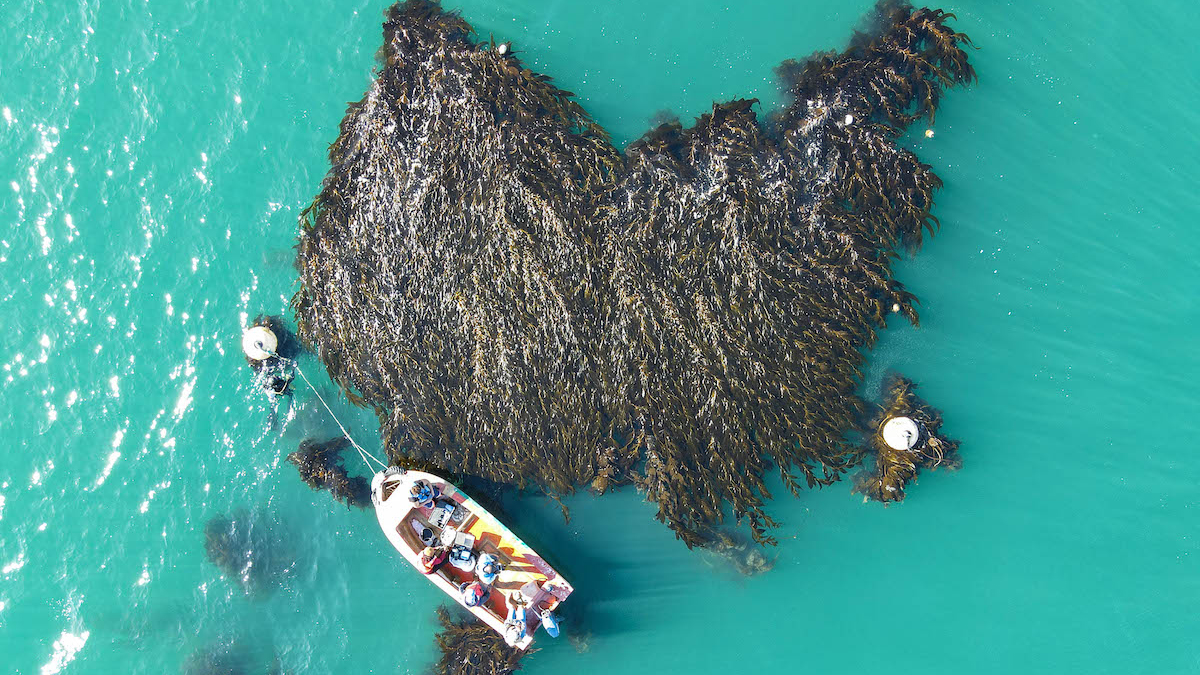
When you think of kelp, you may automatically think of seaweed that gives your favorite sushi roll a flavorful hit of umami. But did you know that the marine plant is also a player in the fight to reverse climate change?
Netherlands-based mariculture startup Kelp Blue is joining the charge with its mission to grow large-scale kelp forests to not only capture carbon dioxide from the atmosphere but also to increase biodiversity in the ocean while developing nature-based products for regenerative agriculture. It’s an innovative, multi-pronged approach that has the capability to reduce stress on the environment and restore equilibrium to the planet.
“Just by creating a lot of biomass, you’re storing carbon,” Caroline Slootweg, co-founder and CCO/CMO of Kelp Blue, tells Only Natural Diamonds. “But also by creating an ecosystem and increasing that marine biodiversity, you’re adding to ocean resilience. If we don’t have healthy oceans, then we won’t exist. So we think kelp is one of the solutions, not the solution, but one that should seriously be considered.”
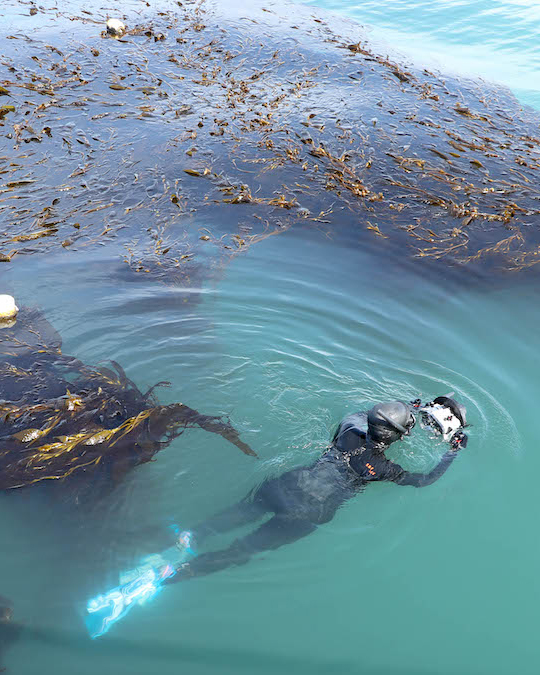
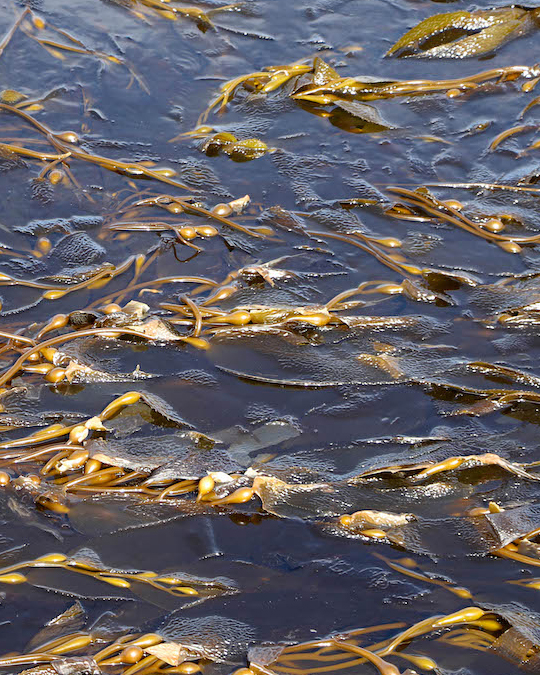
Namibia was chosen as the 3-year-old company’s flagship operation (with more global pilot sites in the works, including in New Zealand and Alaska) for the nutrient-rich Benguela current and upwelling system that seaweed thrives on. At the Kelp Blue facility in the coastal town of Lüderitz, seedlings of the fast-growing macrocystis pyrifera species (also known as giant kelp) are bred in the hatchery before being attached to the under-water structure where it grows offshore. Another upside of cultivating kelp? The self-sufficient plant requires no land, freshwater or fertilizer, making it a viable long-term, renewable crop.
After the seven to 12 months it takes for young kelp to age into a full-grown forest, the top canopy of the marine plant is ready to be harvested. Processed into a biostimulant product, it’s sold to agricultural companies to use in place of synthetic fertilizer to safely enhance crop productivity, reduce toxic run-off that ends up in the ocean, and rehabilitate soil health. Research and development are also underway to understand how kelp can be used for pharmaceuticals, cosmetics, and textiles.
Every part of the extracted kelp is used through a biorefinery, resulting in a zero-waste process. The rest of the forest remains intact in the ocean, and as bits of seaweed dissolve to the ocean floor, it’s able to permanently absorb and bury away CO2. One study indicates that seaweed may sequester approximately 173 metric tons of carbon around the globe annually—welcome news as terrestrial zones face deforestation and other threats. And of course, the underwater forest also serves to support and protect its surrounding habitat.
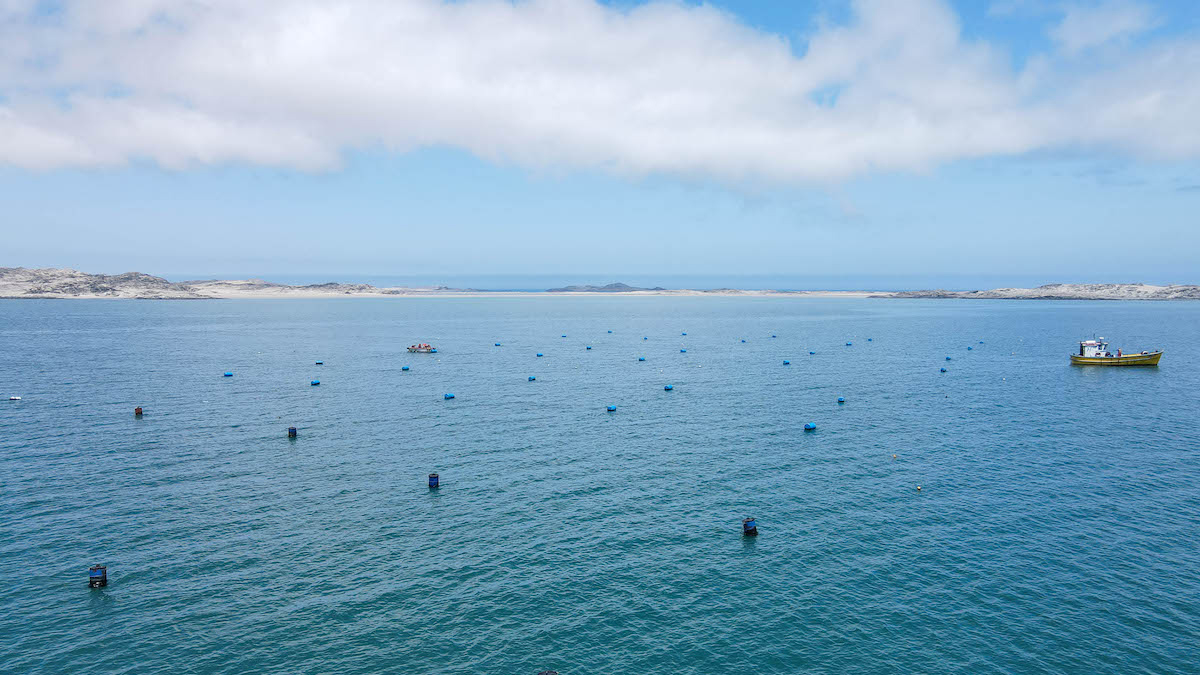
“When you create these giant forests, you also create an enormous amount of space for an ecosystem to develop,” explains Slootweg. “Wherever there’s kelp, there’s an enormous amount of marine life. About 800 species have been known to live in and around these giant kelp forests.” To learn more about the fish and marine creatures that call the deep seas home, Kelp Blue developed an environmental tracking and acoustic sensing program to catalog the evolving ecosystem.
De Beers Group recognizes the importance of Kelp Blue’s nature-based innovation and committed a $2 million investment in the startup last year as one of its many sustainability investments towards its goal of being carbon neutral across its operations by 2030. Both the diamond company and Kelp Blue run operations in Namibia, fostering a symbiotic relationship with aligned goals.
“With our Building Forever mission, where everything is about sustainable landscapes and people, we want to find climate solutions, and ideally projects and businesses that are in the landscapes where we operate that do create jobs, share our values and have all these co-benefits while sequestering carbon,” explains Kirsten Hund, Head of Carbon Neutrality at De Beers Group. De Beers’ early investment in the Namibia offshore pilot – a world first in terms of scale and ambition – specifically supports Kelp Blue in accelerating the quantification and verification of the carbon sequestration pathways, which is essential for the whole seaweed industry in terms of scientifically establishing the potential of this novel nature-based solution.
Plus, natural diamonds and seaweed have more in common than meets the eye. Marine diamonds have been recovered off the coast of Namibia by De Beers for almost three decades. Also, as Hund points out, both commodities are valuable natural materials that impact their home land. “For kelp, as for diamonds, there’s a big emphasis on beneficiation,” she elaborates. “They’re both products that are harvested by local experts, creating jobs and benefiting the countries where they operate—in this case, in Namibia.”
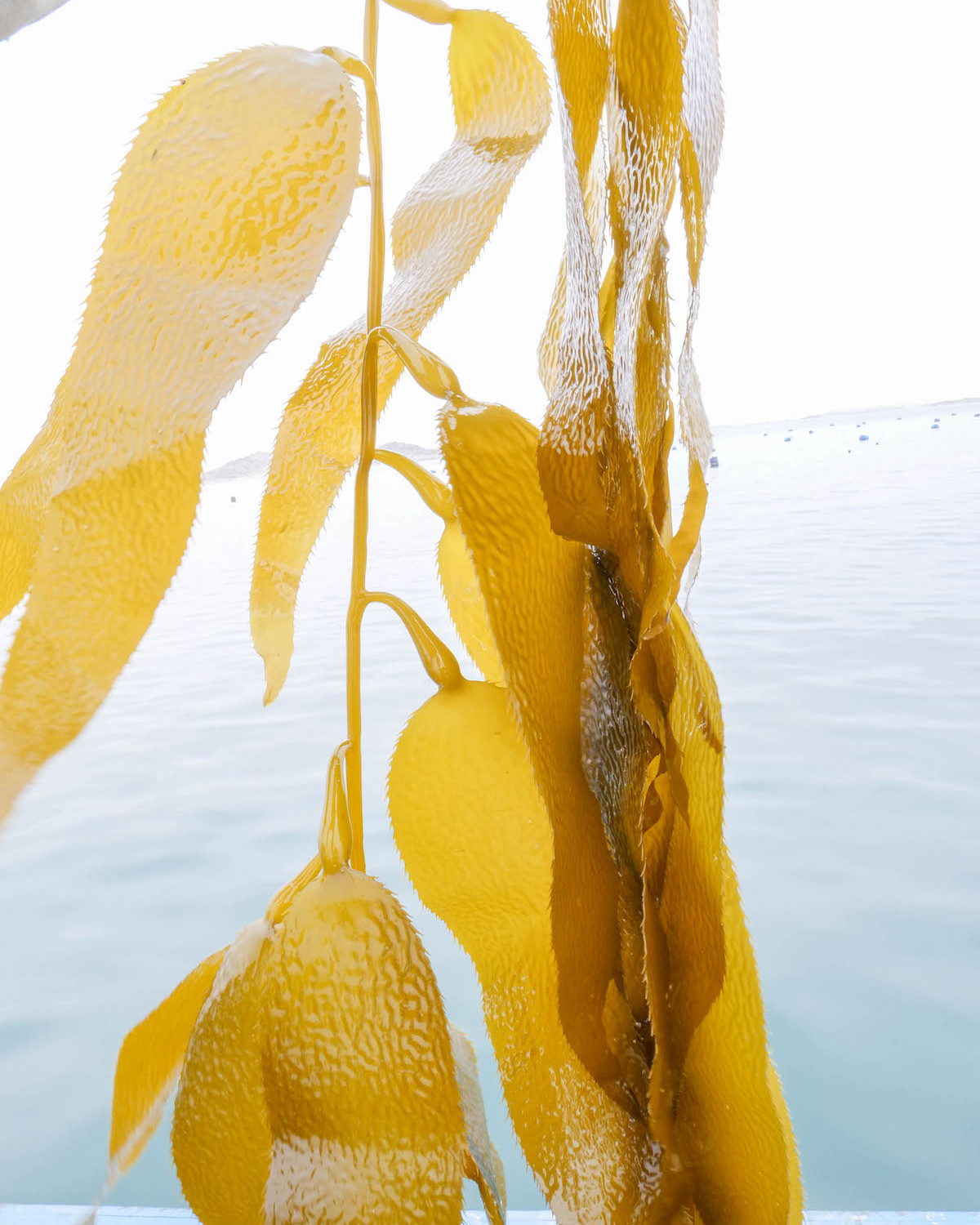
Indeed, on top of the environmental component, Kelp Blue strives to build community and increase social and economic impact in the region. Currently, 85 percent of the Kelp Blue team is Namibian, while 40 percent is female. In addition to a traineeship program for university students, there are future plans to create wide-ranging local jobs across the vertical. According to Slootweg, it’s all part of the guiding vision, as well as the four types of return they measure: natural, social and financial capitals, as well as the less tangible yet equally worthy, return of inspiration. On the last point, Slootweg muses: “Are we able to inspire people to do things in a different way? Are we able to inspire them to get into seaweed? Can we lead by example and indeed, just inspire?”
“Those are the four things that really propel us into the future,” she continues. “And hopefully by 2029 we’ll be operating in multiple locations with very large acreage, contributing significantly to the communities that we are operating in, but also contributing globally to the appreciation and knowledge of kelp.” With the establishment of the Kelp Forest Foundation, research and learnings on how giant kelp can help mitigate climate change will be shared publicly to accelerate the industry’s progress.
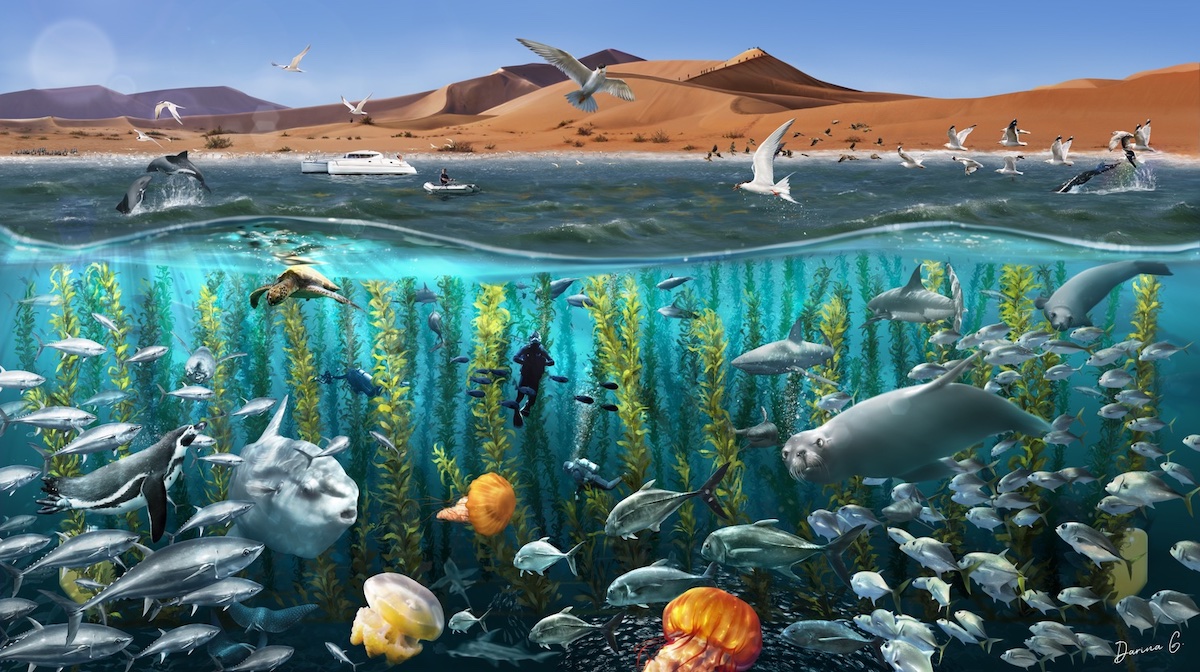
Efforts such as these help businesses and citizens collectively shift towards more sustainable and conscious practices, using the very earth that unites us to heal it. “The ocean is powerful and that can be challenging sometimes,” acknowledges Slootweg. “You have to work at the speed that mother nature works at…it’s a bit of a different way of doing business—you really are doing it together with the planet.”
